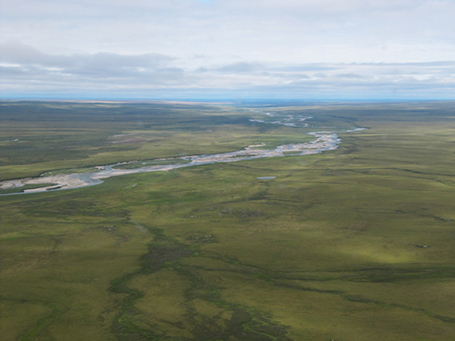Wide distribution of autochthonous branched glycerol dialkyl glycerol tetraethers (bGDGTs) in US Great Basin hot springs
Branched glycerol dialkyl glycerol tetraethers (bGDGTs) are membrane-spanning lipids that likely stabilize membranes of some bacteria. Although bGDGTs have been reported previously in certain geothermal environments, it has been suggested that they may derive from surrounding soils since bGDGTs are known to be produced by soil bacteria. To test the […]
